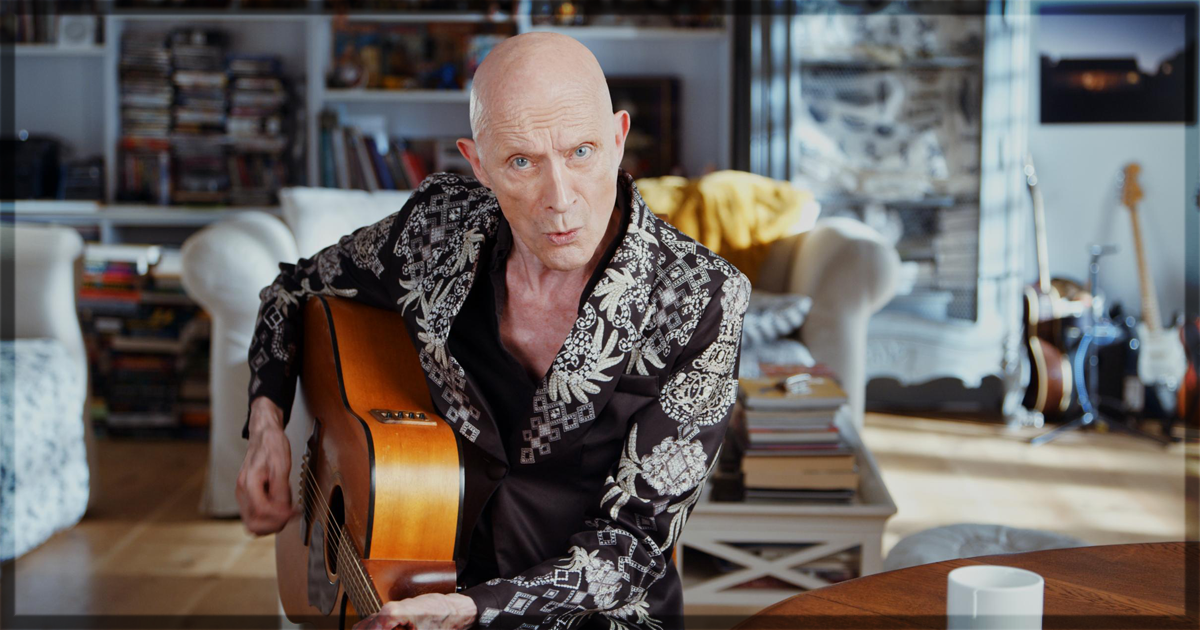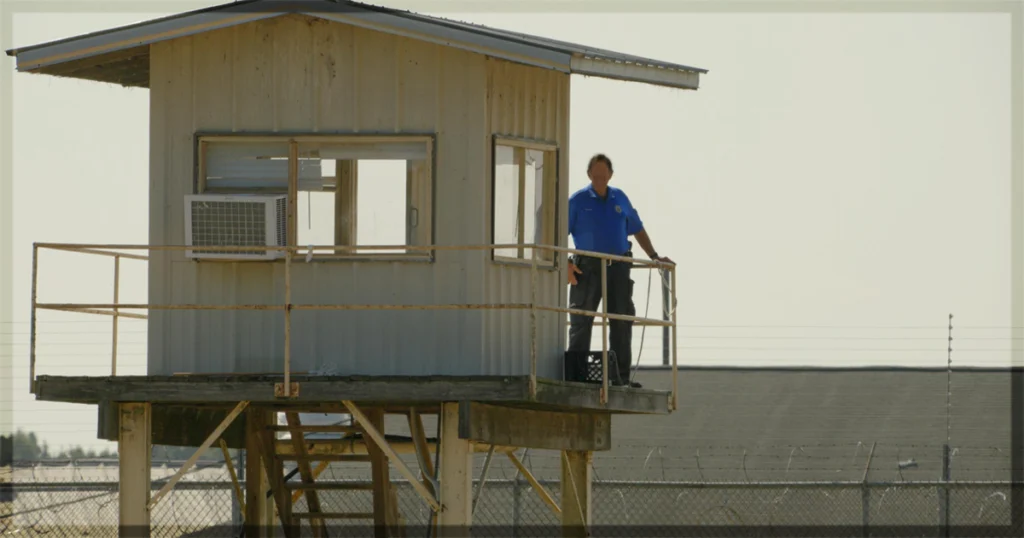The director of this documentary about the continuing phenomenon of Rocky Horror is directed by the son of the man who created the phenomenon. Normally this would lead to calls of nepotism, but somehow here the closeness to the material is appropriate. The stories within Strange Journey have clearly been told and revisited so many times over the years that it’s kind of sweet Linus O’Brien is now a direct participant, too. That said, Richard O’Brien, who is currently in his early 80s, doesn’t seem to show any signs of slowing down. In a very early shot in the film he totters down the suburban New Zealand street on which he was raised, tottering because he is wearing the highest of heels, as he makes small talk with a current (and sensibly dressed) resident of the street. So there’s a very real sense right from the off that Rocky Horror was only ever some friends messing around who accidentally went stratospheric, and whose success was so enormous they have never quite needed to come back down to earth.
Rocky Horror’s cultural impact cannot be understated and it’s great to see a documentary thoroughly understand the importance of and the nuances of its material. The story of how a small London play became the longest running theatrical release in film history is told through a winning combination of talking-head interviews of actors (including Susan Sarandon, Tim Curry and Barry Bostwick) and producers, as well as with various audience members who inspired the shadow casts (the goofs acting out the movie under the screen during the show) and all the audience participation late-night silliness that continues to this day. (Your humble critic, during college, once was Brad in a shadow cast, of which mercifully no photos are known to exist.) The way in which the original show came together through camp nostalgia for horror combined with a boldness around sexuality and sexual identity that was unusual at the time (and not exactly ordinary now) is winningly detailed. The isolated LGTBQ+ teenagers who describe how they found, and continue to find, self-acceptance and community through public showings of Rocky Horror also emphasises the intertwined importance of such bold, personally resonant art as well as the friends you make along the way.
Rocky Horror audience participation is famously so, much fun scenes of it have been part of multiple other movies, which is not a compliment artists always extend to each other. But Mr. O’Brien and the show’s other creators have had the sense to value all those compliments, meaning that Rocky Horror remains both very firmly their creation and something which belongs to everyone watching. The fact that neither the stage show nor the movie can be discussed without the audience participation is a tribute to the enormous value of experiencing art in public – even at an early-morning screening at Sheffield DocFest – and the ways in which an audience changes a work of art. A hunger for collective experience remains even as art becomes more personalised and our interactions with it more bespoke, and that means understanding Rocky Horror’s influence is essential to understanding all art that’s been made in its shadow. It’s wonderful that Strange Journey is up to the task and that Linus O’Brien has made a valuable addition to the Rocky Horror community.
One final thing: the late lamented Meat Loaf’s chat up line was a thing of perfect beauty.
Strange Journey: The Story of Rocky Horror recently played at Sheffield DocFest.
Learn more about the film at the Sheffield site for the title.
You might also like…
‘The Alabama Solution’ Documentary Review: Horrifying and Unspeakable but Deserving of Atttention


